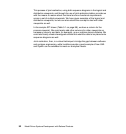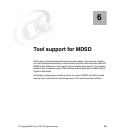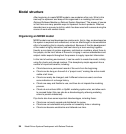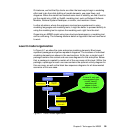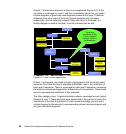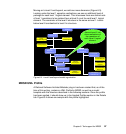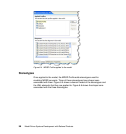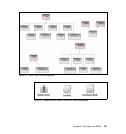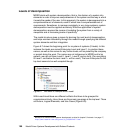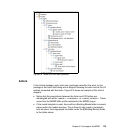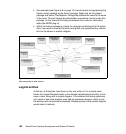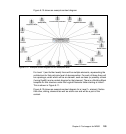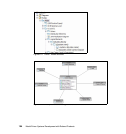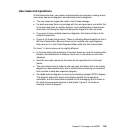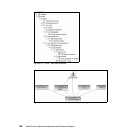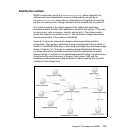
100 Model Driven Systems Development with Rational Products
Levels of decomposition
MDSD starts with system decomposition, that is, the division of a system into
elements in order to improve comprehension of the system and the way in which
it meets the needs of the user. In this approach, the system is decomposed into a
comprehensible set of elements, each of which has a comprehensible set of
requirements. Sometimes, to manage complexity in very large systems, system
decomposition must be applied recursively. Effective application of system
decomposition requires the means of modeling the system from a variety of
viewpoints and at increasing levels of specificity.
1
The model structure gives a means for deriving the next level of decomposition,
and helps maintain traceability through the model through specifying the different
system elements and their integration.
Figure 6-7 shows the beginning point for a system of systems (2 levels). In this
instance the levels are named Enterprise Level and Level 1. In practice these
names, as well as the names for any further levels, will be picked by the company
or project doing the work. The names are not indigenous to MDSD and to be
generic, we can call them Level 0, Level 1, Level 2, and so forth. (For everything
at Level 1 and below the term Level 1+ will be used.) The term Enterprise for the
top level seems to be well accepted though.
Figure 6-7 Two levels of a sample MDSD model
Within each level there are different artifacts that have to be grouped for
organizational clarity. Here, there are three main groupings at the top level. There
are Actors, Logical Elements, and Use Cases (Figure 6-8).
1
Balmelli et al, Model-driven systems development, as cited in chapter 2, footnote 1 on page 17,
http://www.research.ibm.com/journal/sj/453/balmelli.html



